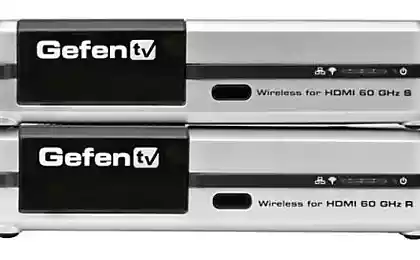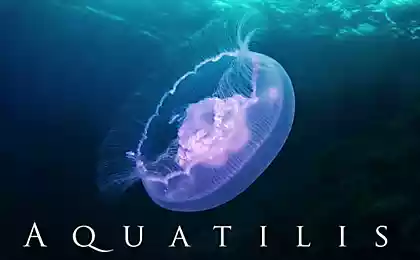489
Underwater Wi-Fi: the United States experience a "deep sea Internet"
Scientists from the University of Buffalo, new York, said that such technology "the deep web" can more accurately and timely report the detection of different tsunami. Thus, the expert group wishes to establish a consistent standard of getting and processing information in order to provide a more simple collaboration and productive information sharing.
Unlike ordinary Wi-Fi device which uses radio waves, this is immersed in the water network technology uses sound waves.
The range and stability of radio waves that can penetrate through the water column, is strictly limited. In turn, the sound waves in these conditions show themselves much more effective, as you can see on the example of whales and dolphins.

In fact, the radio is under water during a certain period of time is possible, but the problem is to use different organizations separate communication systems to communicate with each other.
So, the Us National oceanic and atmospheric administration (NOAA) uses acoustic waves to transmit data between sensors that report on the tsunami on the seabed and buoys for the check items of excitement on the surface. But due to infrastructure differences such data can not be quickly re-sorted from other information collected by the U.S. Navy.
Source: /users/413
Unlike ordinary Wi-Fi device which uses radio waves, this is immersed in the water network technology uses sound waves.
The range and stability of radio waves that can penetrate through the water column, is strictly limited. In turn, the sound waves in these conditions show themselves much more effective, as you can see on the example of whales and dolphins.

In fact, the radio is under water during a certain period of time is possible, but the problem is to use different organizations separate communication systems to communicate with each other.
So, the Us National oceanic and atmospheric administration (NOAA) uses acoustic waves to transmit data between sensors that report on the tsunami on the seabed and buoys for the check items of excitement on the surface. But due to infrastructure differences such data can not be quickly re-sorted from other information collected by the U.S. Navy.
Source: /users/413






















